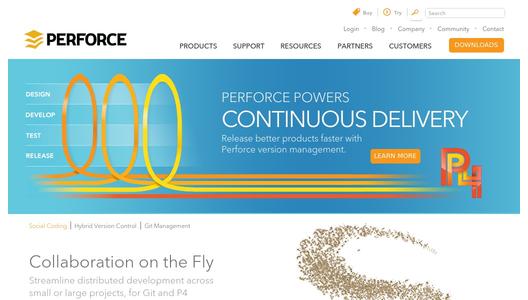"Constant, ongoing, business-driven change is expediting the growth of Continuous Delivery practices across multiple industry verticals," said Julie Craig, research director at Enterprise Management Associates. "Software code is being developed in smaller increments, released more often, and deployed more frequently than in the past. Some large companies deliver thousands of code changes per day, and even small companies can deliver 50 or 60 production changes daily, particularly in the online world."
65 percent of survey respondents indicated they practice Continuous Delivery for at least some projects, with 28 percent of respondents saying they practice it across all their projects. Nearly half of respondents said they believe it has been adopted by their competitors - revealing that software developers, managers and executives view Continuous Delivery as the new normal for software development.
The survey included more than 600 participants across the U.S. and the U.K. Perceptions of the benefits and challenges posed by Continuous Delivery were largely consistent across roles, geographies and industries.
Top-line survey findings:
Most respondents are familiar with Continuous Delivery and its associated methodologies:
- Nearly all of the executives and managers surveyed are at least somewhat aware of it (97%), compared to 84% of software developers.
- Developers, managers and executives with 6 to 20 years of work experience claim the most familiarity.
- Continuous Delivery is more familiar to people working on distributed teams than teams in single locations, even though adoption rates are similar between the two groups.
Continuous Delivery is not just for SaaS companies anymore
- While 80% of SaaS companies report adoption of Continuous Delivery practices, non-SaaS companies are catching up, with 51% of respondents indicating that they've started practicing Continuous Delivery across at least some projects or teams.
Barriers to adoption vary by industry as SaaS companies work to perfect their models and non-SaaS companies strive to better integrate their technologies
- SaaS companies see a lack of skilled people as the biggest barrier to adoption, showing they have an established infrastructure.
- Non-SaaS companies see the integration of automation technologies as the biggest barrier to adoption, indicating more challenging processes across the build and release lifecycle.
Collaboration platforms are critical to Continuous Delivery success
- 95% of respondents view their collaboration platform as important.
- 71% view it as extremely important or very important to success.
- Among respondents from SaaS companies, which have higher rates of adoption, 83% view their collaboration platform as very or extremely important.
Corporate culture is least ready for migration to Continuous Delivery
- Only 40% of respondents believe their corporate culture is ready.
- 53% of respondents believe their technology is ready and 59% believe their staff are ready.
"Continuous Delivery might seem like a new concept to some, but at Perforce we've seen customers like Salesforce.com, the New York Stock Exchange and many of our gaming industry customers practicing it for years," said Christopher Seiwald, founder and CEO, Perforce Software. "More and more companies are shifting their build, test and release processes to Continuous Delivery in order to meet the heightened expectations customers have for receiving better products faster."
The "Continuous Delivery: The New Normal for Software" report was commissioned by Perforce Software, provider of the versioning engine behind many of the world's most innovative companies. Perforce is the only versioning platform that manages all types of digital content, including hardware designs, source code, art work, test plans, test data, system environment configurations, build tools and documentation. Version control of these assets is foundational to Continuous Delivery, making it possible for companies to confidently and compliantly automate their software development, testing and delivery processes.
To learn more about this report, please visit: http://info.perforce.com/...
Survey Methodology
Evans Data Corporation fielded the online study in the U.S. and United Kingdom on behalf of Perforce in September 2013. Six-hundred respondents participated in the survey. Of the 300 respondents from each country, approximately one-third were individual developers or contributors to software projects, one-third were managers, and one-third were executives. Functional areas represented included development, QA/release, DevOps, system architects, and IT/management. All respondents were from organisations with more than 100 employees, and their own development organisations.

